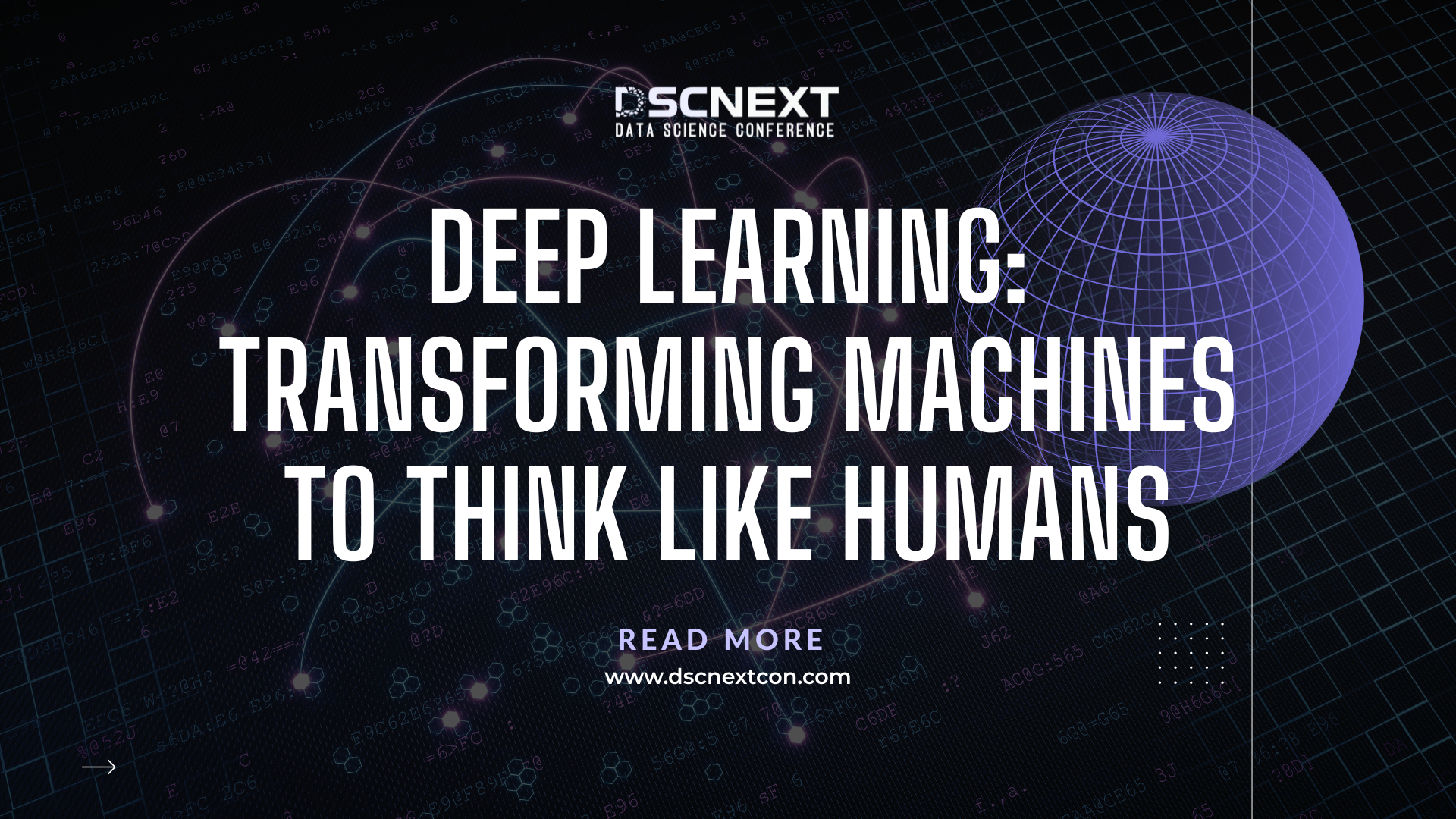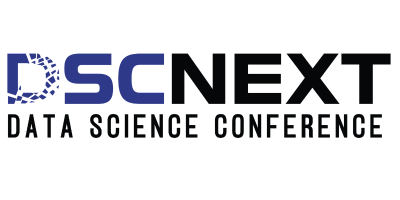
In today’s fast-evolving world of artificial intelligence, deep learning stands out as a revolutionary approach that enables machines to mimic human thinking. From powering voice assistants to self-driving cars, deep learning is reshaping how we interact with technology. To understand how deep learning achieves this, let’s first explore what it is and how it works.
What is Deep Learning?
Deep learning is a subset of machine learning and AI that uses neural networks with multiple layers to simulate human cognitive functions. It enables computers to learn from vast datasets and perform complex tasks like image recognition, language translation, and predictive modeling autonomously.
Core Concepts of Deep Learning
At its heart, deep learning uses neural networks, structures inspired by the human brain. Here are some key types:
Feedforward Neural Networks (FFNNs): Information moves in one direction, from input to output.
Recurrent Neural Networks (RNNs): Handle sequential data by remembering past inputs.
Convolutional Neural Networks (CNNs): Excel at processing images and video.
Generative Adversarial Networks (GANs): Create synthetic data by pitting two networks (generator and discriminator) against each other.
Where Deep Learning is Making an Impact
Deep learning drives innovation in a wide range of industries:
Autonomous Vehicles– For real-time object detection and safe navigation.
Generative AI – Behind creative tools like text generators and image creators.
Healthcare – Assisting in diagnostics and predicting patient outcomes.
Finance – Detecting fraud and managing algorithmic trading.
Entertainment – Powering recommendations on Netflix, Spotify, and YouTube
How Deep Learning Models Are Trained
The backbone of training is backpropagation, which fine-tunes the model by minimizing errors. Thanks to GPUs, improved activation functions, and massive data availability, today’s models can be deeper and more accurate than ever before.
Real-World Applications of Deep Learning
Here’s a closer look at how deep learning is changing specific sectors:
1. Healthcare
Diagnosing diseases like cancer via medical imaging
Discovering drugs and tailoring treatments
Predicting patient recovery outcomes
2. Autonomous Vehicles
Identifying pedestrians, signs, and other vehicles
Enhancing traffic management systems
3. Natural Language Processing
Powering Alexa, Siri, and chatbots
Analyzing sentiment and translating languages
4. Entertainment
Recommending movies and music
Adding automatic subtitles and enhancing sound
5. Finance
Spotting fraud through pattern detection
Running AI-based trading systems
6. Robotics
Empowering robots in manufacturing and healthcare
7. Cybersecurity
Detecting cyber threats by identifying anomalies in real-time
Conclusion
Deep learning is not just a buzzword—it’s a powerful force driving transformation across industries. As technology continues to evolve, its ability to help machines learn, adapt, and make intelligent decisions will only become more essential.
Events like DSC Next 2025 will further fuel this momentum by bringing together global experts, researchers, and practitioners to explore cutting-edge developments in deep learning, AI, and data science. It’s the perfect platform for innovators to showcase breakthroughs and shape the future of intelligent systems.
Top Resources to Learn Deep Learning
NVIDIA’s “Deep Learning in a Nutshell”
Parallel Dots Blog: Best (and Free!!) Resources to understand Deep learning

